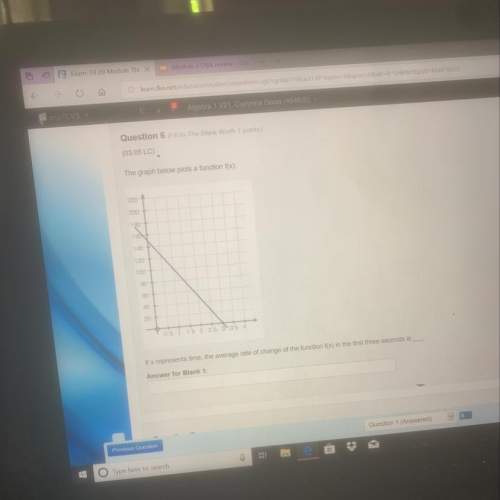
Mathematics, 02.04.2020 01:29 lexiships
Suppose that a city has 90,000 dwelling units, of which 35,000 are houses, 45,000 are apartments, and 10,000 are condominiums.
a. You believe that the mean electricity usage is about twice as much for houses as for apartments or condominiums, and that the standard deviation is proportional to the mean so that S1 = 2S2 = 2S3. How would you allocate a stratified sample of 900 observations if you wanted to estimate the mean electricity consumption for all households in the city?
b. Now suppose that you take a stratified random sample with proportional allocation and want to estimate the overall proportion of households in which energy conservation is practiced. If 45% of house dwellers, 25% of apartment dwellers, and 3% of condomium residents practice energy conservation, what is p for the population? What gain would the stratified sample with proportional allocation offer over an SRS, that is, what is Vprop (Ṕstr) / VSRS (ṔSRS)?

Answers: 2


Other questions on the subject: Mathematics

Mathematics, 21.06.2019 20:00, Yumimiku5989
Which number completes the inequality? 2/3 < _ < 7/9
Answers: 1


Mathematics, 22.06.2019 00:10, megharx
Will mark the brainliest. paula makes stained-glass windows and sells them to boutique stores. if her costs total $12,000 per year plus $4 per window for the frame. how many windows must she produce to earn a profit of at least $48,000 in one year if she sells the windows for $28 each?
Answers: 1

Mathematics, 22.06.2019 01:40, savthespice
Manuela solved the equation below. what is the solution to manuela’s equation?
Answers: 2
You know the right answer?
Suppose that a city has 90,000 dwelling units, of which 35,000 are houses, 45,000 are apartments, an...
Questions in other subjects:

Mathematics, 23.10.2020 01:01

Social Studies, 23.10.2020 01:01


Mathematics, 23.10.2020 01:01



History, 23.10.2020 01:01



English, 23.10.2020 01:01




